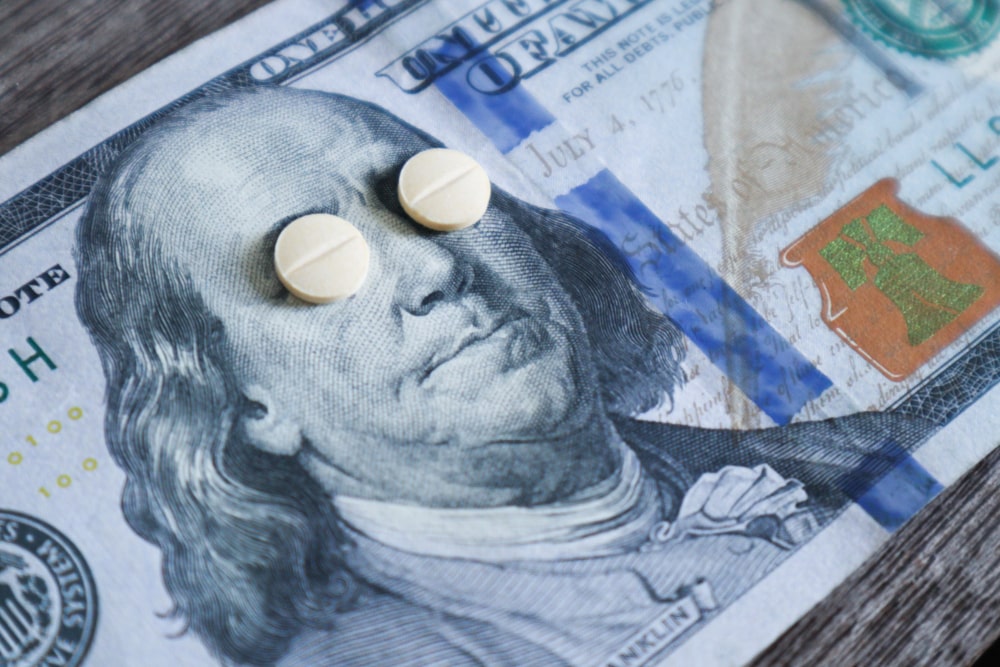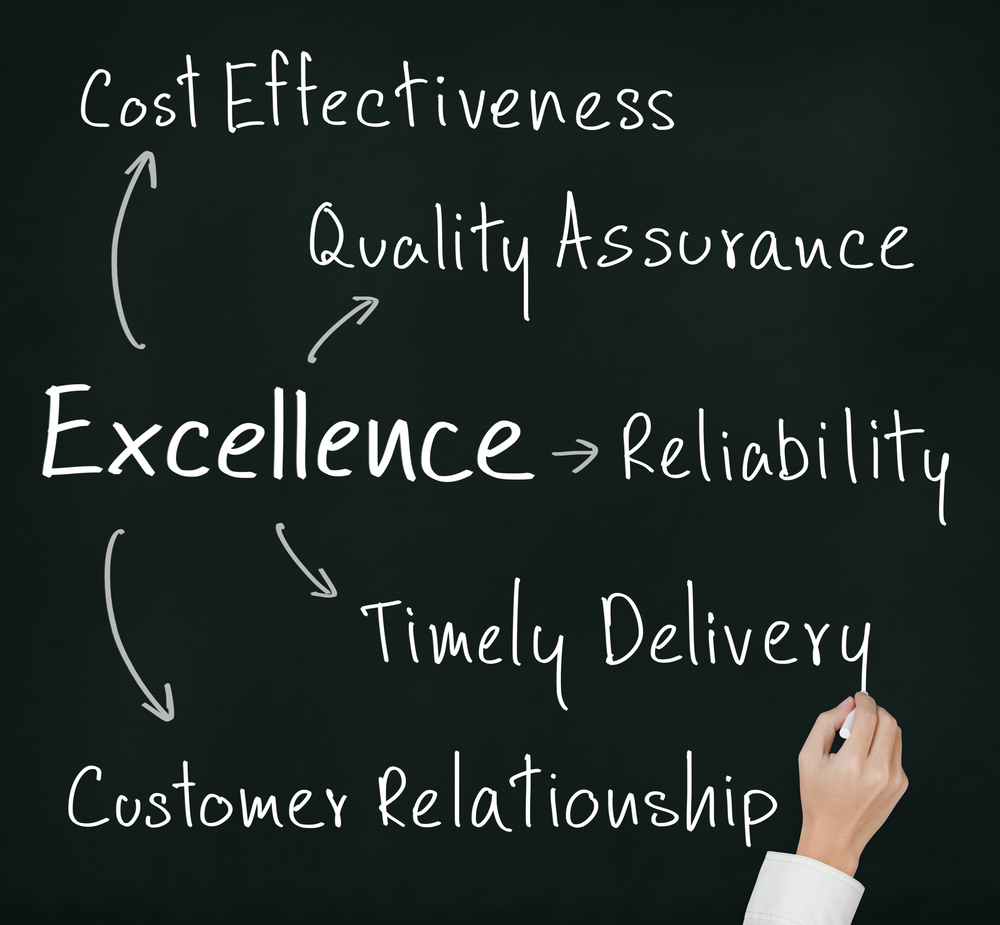A few years ago, the daycare professional noted that your child tended to wander from play area to play area, not sticking with any given activity for more than a few minutes. Your child’s teacher mentioned last month during parent conferences that it is apparent that your child’s mind tends to wander during lesson time. And now, your child’s medical professional has delivered what has been suspected for years: a diagnosis with an attention disorder.
It’s normal to have multiple thoughts racing through one’s head following the diagnosis: What will this mean for my child’s education—or his/her career? What are the chances that younger siblings will also have ADD or ADHD? What will my extended family and friends think? Somewhere in that inner dialogue, this question is going to come up: How much is the treatment going to cost?
Take a deep breath and relax. Care providers will be more than happy to explain how costs of treatment can break out over time, as well as discuss cost-saving options when necessary. Here are a few frequently asked questions that families ask following an attention-disorder diagnosis:
How do the costs of ADHD treatment break down over time? Do these costs tend to be higher during certain phases of treatment or at different times during a patient’s lifespan?

As is the case for many lifelong conditions, the costs of treatment can vary depending on a number of factors, including access to insurance, the number of providers in an area, and degree of interest in exploring alternative therapies.
In terms of cost breakdown during phases of treatment, “it typically requires more out-of-pocket costs at the initial stages, as a physician must determine the type of disorder and the appropriate treatment, which, in turn, may take several sessions,” says Dr. Mark Zager, a Miami-area physician who works with EZCare Clinic and Mango Clinic, telemedicine services based in San Francisco and Miami, respectively. “After that, the cost would reduce to a monthly checkup price plus the cost of a refill.”
How much of these treatment costs are typically borne out of pocket? How much coverage can a typical family expect from insurance?

The costs of appointments and of any prescriptions or additional therapies can vary greatly across insurance plans and coverage.
- Copays of $20 or $50 per visit are a typical price point across many insurers.
- Patients on a high-deductible plan or without insurance (or insured, yet are opting for out-of-network treatment) might expect out-of-pocket costs in the hundreds or thousands of dollars; some families might expect those costs just to be diagnosed.
- Specialists such as pediatric psychiatrists typically have higher copays and/or costs of treatment compared to family practitioners and general pediatricians. “Behavioral therapies, if not covered by insurance, could cost you up to $500 per session,” Zager notes.
- Once diagnosed, insured patients whose recommended course of treatment includes medication could expect to pay at least $15 per month in prescription copays; though monthly prescription costs across the board for attention disorders can reach as high as $300. Patients pay on average $900 per year in prescription copays for ADHD medication.
How much does insurance tend to cover alternate methods of treatment, such as neurofeedback?

Sit down with your medical provider and take a look at what is covered by your insurance. You might be surprised.
- There are two medical billing codes specifically for biofeedback, meaning that some insurers do assess such claims, yet are often denied. Getting a referral from your family’s usual medical practitioner could help get insurance reimbursement.
- Plus, treatments often used in tandem with neurofeedback, such as talk therapy (including for parents of children diagnosed with attention disorders), are widely covered under insurance.
- Costs for neurofeedback therapy vary according to regional availability and courses of treatment, but tend to run between $75 and $150 per session. Courses of treatment tend to range from 18 sessions to 200 sessions, though results often come much earlier during the training regimen. Behavioral therapy providers often work on a sliding scale; so costs on this front can be flexible.
- In addition to office-site neurotherapy sessions, new technologies offer at-home options with the help of tools developed to gauge and monitor brain wave activity. Lasting results can be seen after using it for 30 minutes, twice a week for 3-6 months.
Is any specific type of treatment more cost-effective in the long run?

- In terms of prescription medications, according to Zager, medical professionals prescribe stimulants the most often for attention disorders, as they are considered the most effective. In addition to discussing with your care team options such as generics to help stretch your budget. Zager also suggests prescription discount card programs like GoodRx and RxAssist that cut down prescription costs over time. Enrollment in these programs is free.
- Unlike treatments such as prescription medication, neurofeedback brain training is time-limited, so the costs of appointments do not extend beyond the end of sessions. The learned brain training from neurofeedback sessions can last years beyond the end of the last session.
- But perhaps the most cost-effective method combines the benefits of neurofeedback with the convenience of home. After paying one upfront fee for the at-home neurofeedback device, the tool could be used as often as schedules permit, so the cost-per-session breaks out to be cheaper. At-home training also eliminates travel times, wear-and-tear on vehicles or transit fare, plus any other costs associated with family healthcare, such as babysitting for any non-patient children.
An attention disorder diagnosis can come to a family as a source of both shock and relief about a child’s course of treatment. Costs can be an understandable concern when charting out the best way to manage your child’s concentration. Keep in mind that there are myriad treatments out there that vary widely in price — giving you the flexibility to find an affordable option that best fits your child.







